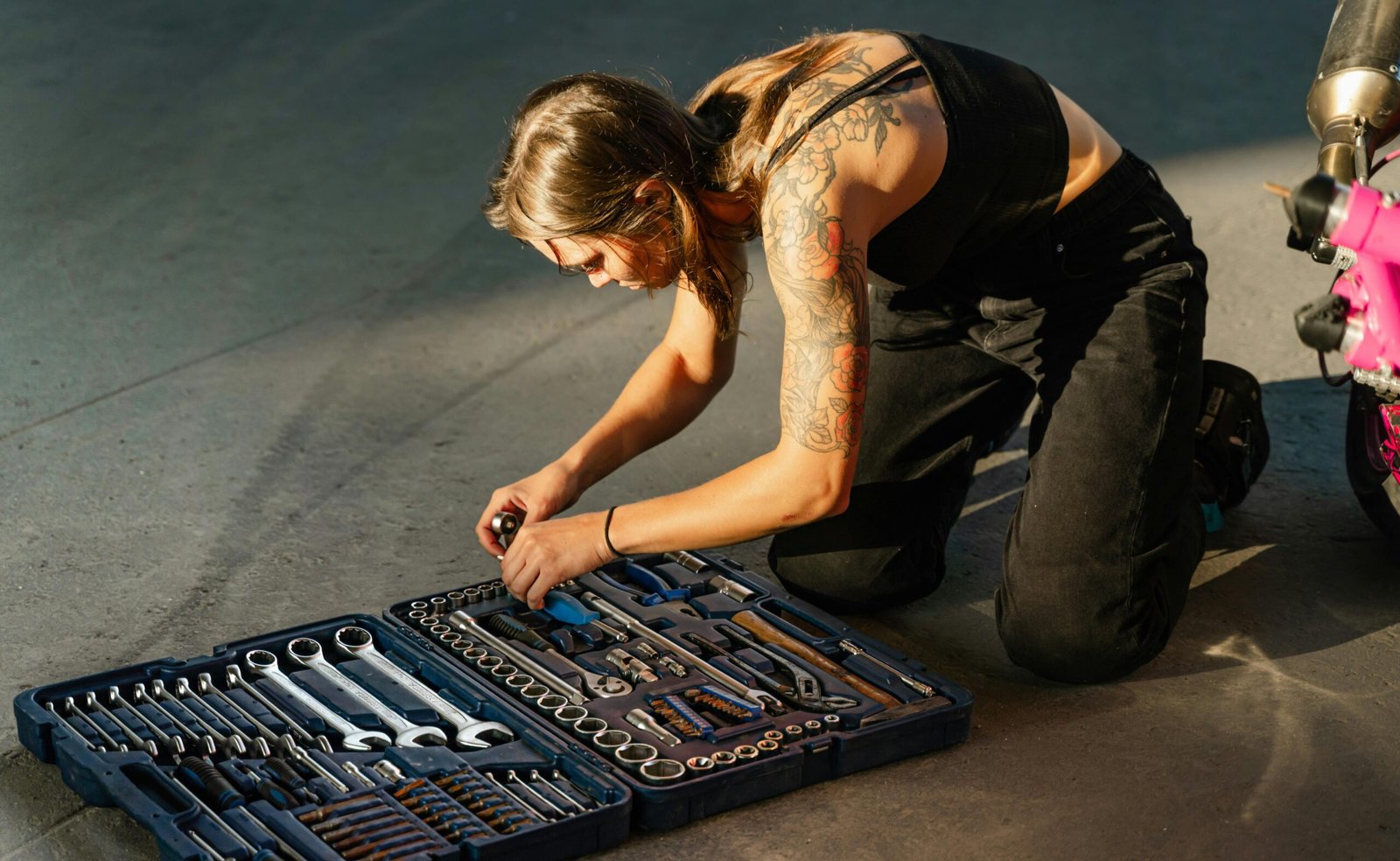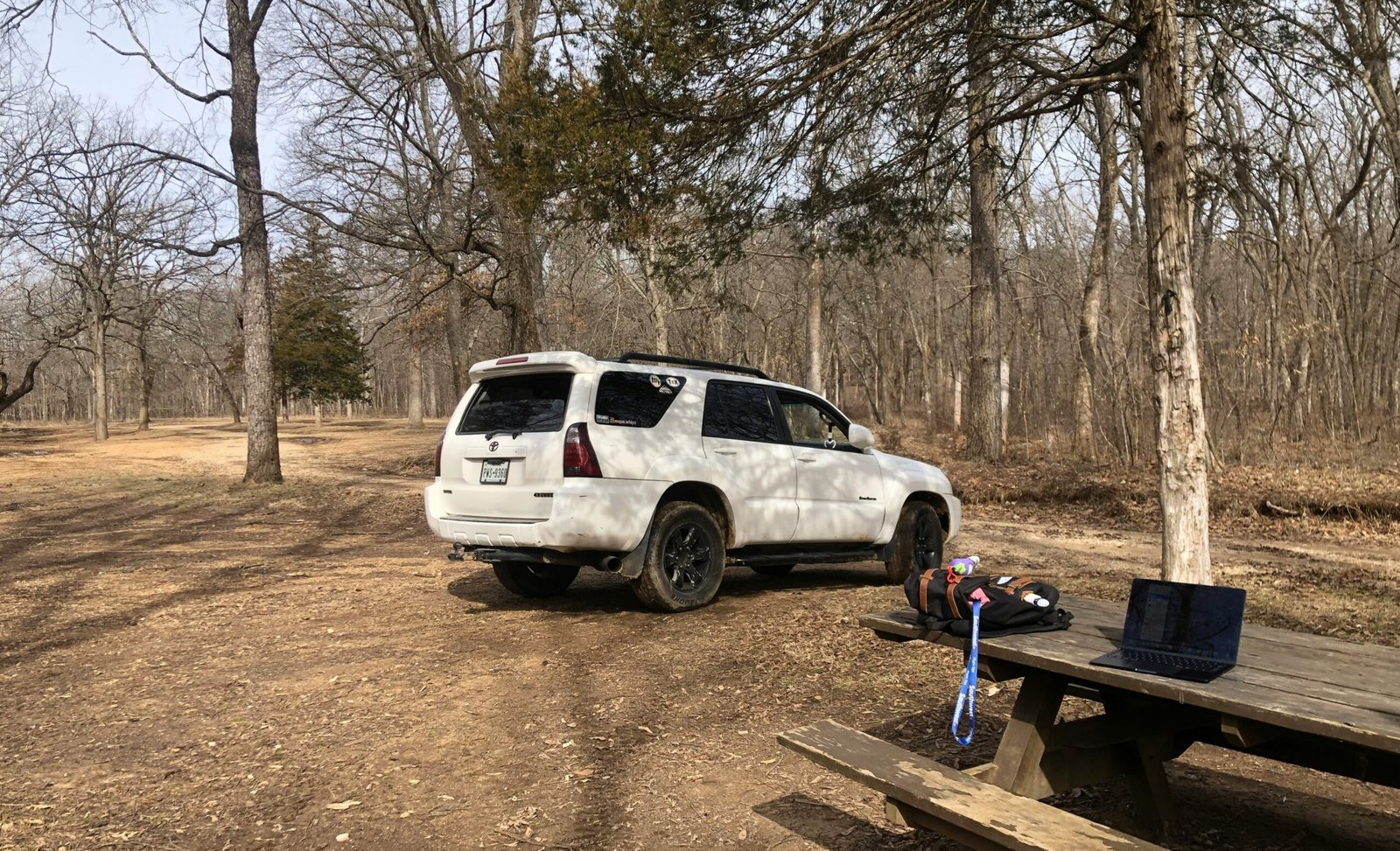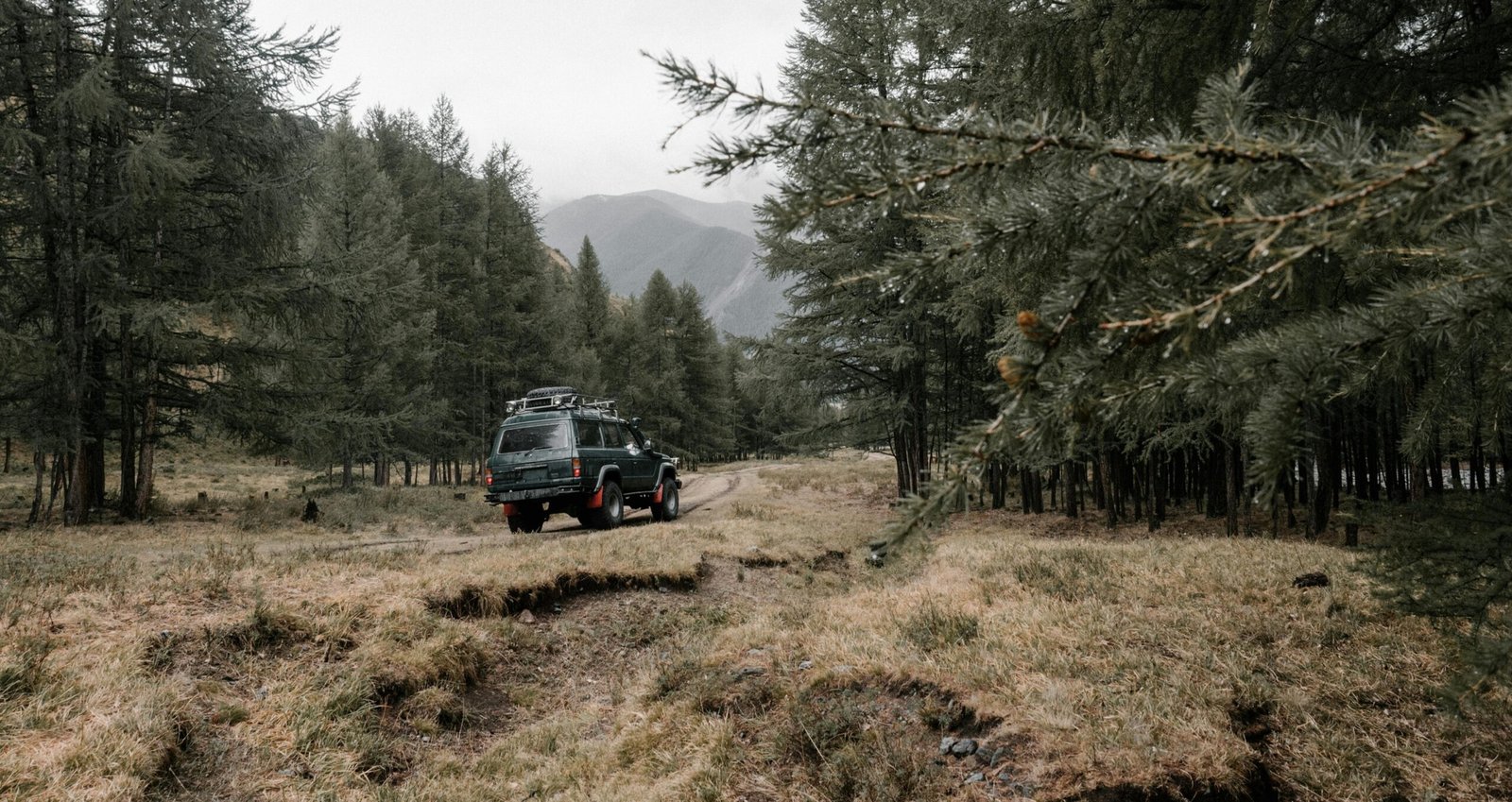You just rolled back into the lot, mud-spattered and buzzing from the ride. While it's tempting to put the bike away and relax, post-ride care is critical.
Proper maintenance prevents mechanical failures, which are a common cause of accidents. In fact, thousands of young riders are treated for dirt bike injuries like fractures and contusions annually, making safety a top priority.
These five essential tips will keep your 150cc trail weapon reliable and ready for the next adventure. This routine ensures your machine is safe and performs at its best for every ride. Let's get started.
Tip 1 – Thorough Wash & Visual Inspection
A clean bike is more than just a good-looking machine; it’s a diagnostic tool. Mud and grime can hide serious issues like cracks, leaks, and loose fasteners. A proper post-ride wash is your first and best line of defense against mechanical failure on the trail.
First, position your bike on a stable stand with the engine completely cool to prevent cracking hot metal parts.
Use a low-pressure hose to gently knock off the heaviest layers of mud and debris. Work from the top down and avoid using a high-pressure washer near bearings, seals, or electrical connections.
Once the bulk of the grime is gone, apply a biodegradable, motorcycle-specific cleaning foam. Let the foam sit for a few minutes, then agitate stubborn areas with soft brushes. Use a long-handled brush for the engine and a smaller one for brake calipers and suspension linkages.
After a thorough scrub, give the bike a final, gentle rinse. Use low-pressure compressed air or a leaf blower to blast water out of hard-to-reach spots. This step is crucial for preventing corrosion and ensuring the bike is completely dry.
With the bike clean, it’s time for a detailed visual inspection. An off-road 150cc dirt bike from NTX Powersports is built tough, but regular inspections catch small issues before they become big problems. Go over the entire bike with a critical eye, checking for:
- Plastics and Levers: Look for cracks or stress marks on fenders, shrouds, and handguards. Check your clutch and brake levers for bends or cracks.
- Radiators: Inspect the fins for damage from rocks or roost. Bent fins can restrict airflow and lead to overheating. Also, check the hoses and connections for any signs of coolant leaks.
- Fuel System: Examine the fuel lines for cracks or brittleness and check the seams of the gas tank for any seepage.
- Wheels and Spokes: Spin the wheels and check for obvious wobbles. Give each spoke a quick check for looseness. Knowing your bike’s original state helps identify wear, which you can do by comparing it to the component list.
| Key Insight: A clean bike isn’t just about looks; it’s your best diagnostic tool. Grime hides cracks, leaks, and loose parts that can lead to major failures on the trail. |
Tip 2 – Chain Cleaning, Lubrication & Slack Adjustment
Your drive chain is one of the hardest-working components on your dirt bike. Mud, sand, and water create an abrasive paste that can quickly destroy a chain and sprockets. Proper chain maintenance is non-negotiable for performance and safety.
Place the bike in neutral on a stand so the rear wheel can spin freely. Use a grunge brush and a chain-safe cleaner to scrub all four sides of the chain. This dislodges packed-in grit from between the links and rollers. Once clean, wipe the chain down with dry rags until they come away clean.
Next, it's time to lubricate the clean, dry chain. Choose a high-quality, O-ring-safe chain lube designed for off-road use. Apply a steady stream of lube to the inside run of the chain, letting centrifugal force spread it outwards. Let the lube set for at least 15 minutes before wiping off any excess.
Finally, check your chain slack. Most 150cc bikes require about 30–35 mm of slack, measured at the midpoint between the sprockets.
To adjust, loosen the rear axle nut and use the adjuster blocks, ensuring the marks are identical on both sides to keep the wheel aligned. Your off-road 150cc dirt bike comes with specific adjustment guidelines in the owner's manual, so reference those specs for optimal performance.
| Important: Improper chain slack is a major cause of failure. A chain that's too tight destroys bearings, while one that's too loose can derail and cause catastrophic damage. |
Tip 3 – Air-Filter Removal, Cleaning & Re-Oiling
Think of your air filter as your engine's lungs. On a dusty trail, it prevents abrasive particles from entering your cylinder and causing damage. A clean air filter is essential for both performance and engine longevity.
Accessing the air filter usually just requires removing the seat or a side panel. Carefully remove the filter and its cage, inspecting it for any tears or damage. If you find any, replace the filter immediately to avoid costly engine repairs.
To wash the filter, submerge it in a bucket with a dedicated air-filter cleaner or mild detergent. Gently massage the foam to release trapped dirt, but never twist or wring it. Rinse the filter from the inside out with clean water until the water runs clear.
Gently squeeze out excess water and let the filter air-dry completely. Once dry, apply a high-quality liquid air-filter oil evenly, working it into the foam until it has a consistent color and tacky feel. A uniform coating is the goal, not a dripping mess.
Before reinstalling, apply a thick bead of waterproof grease to the rim of the filter where it seals against the airbox. This creates a final barrier to ensure no dirty air bypasses the filter. Carefully place the filter back on its cage and secure it in the airbox.
| Pro Tip: Save time at the track by keeping a spare, pre-oiled air filter in a zip-top bag. This allows you to swap a dirty filter for a clean one in minutes. |
Tip 4 – Fluids at a Glance: Oil, Coolant & Brake Fluid
Your bike’s fluids are its lifeblood. A quick check after a ride can alert you to potential issues before they become catastrophic failures. This step only takes a minute and is best done after the wash while the engine is still warm.
With the bike level, check your engine oil using the sight glass or dipstick. More importantly, check its condition. If the oil looks milky, water may be getting into the engine from a failing gasket. If it’s dark or gritty, it is due for a change.
Only check the coolant level when the engine is completely cool. The fluid level should be at the bottom of the filler neck. If low, top it up with the recommended coolant and look for any signs of leaks around hoses or the cap.
Both brake systems have reservoir windows to check the fluid level and condition. If the fluid looks dark or cloudy, it has absorbed moisture and needs to be replaced. Compromised fluid can lead to brake fade or complete failure under hard use.
| Key Insight: Don't just check the oil level, check its condition. Milky oil is a serious red flag, often indicating a failing head gasket or water pump seal that's allowing coolant into your engine. |
Tip 5 – Bolt, Spoke & Control-Cable Torque Check
The constant vibration of off-road riding is effective at shaking things loose. A systematic bolt check is a crucial safety measure that prevents parts from falling off mid-ride. This is your chance to catch a loose fastener before it becomes a major problem.
Use a torque wrench to go over critical fasteners, prioritizing high-stress areas like engine mounts, brake caliper bolts, and axle nuts. Your service manual will list the correct torque specifications for every fastener. Following these specs is essential for safety and performance.
Loose spokes can lead to a wobbly wheel, which affects handling and can cause the rim to fail. Lightly tap each spoke with a small metal wrench; they should all produce a similar, clear “ping.” A dull “thunk” indicates a loose spoke that needs tightening with a spoke wrench.
Finally, check your controls for smooth operation. Apply a light lubricant to the clutch and brake lever pivots. Check the free play in your throttle and clutch cables to ensure proper engagement and prevent binding.
Quick Storage Prep & Next-Ride Readiness
Once your maintenance checks are complete, a few final steps will ensure your bike is ready for its next adventure. Make sure the bike is completely dry to prevent rust. If storing for more than two weeks, add a fuel stabilizer to the tank and run the engine for a minute.
For longer-term storage, connect the battery to a smart tender to keep it charged and healthy. Before your next ride, perform a quick pre-ride check. Verify tire pressures, test the brakes, double-check chain slack, and make sure you have a full tank of fuel.
The Path Forward
A post-ride maintenance ritual doesn’t have to be complicated, but it must be consistent. By investing an hour in the garage after your ride, you’ll save yourself from downtime and costly repairs.
This routine care builds a deeper connection with your machine and gives you confidence on the trail.




